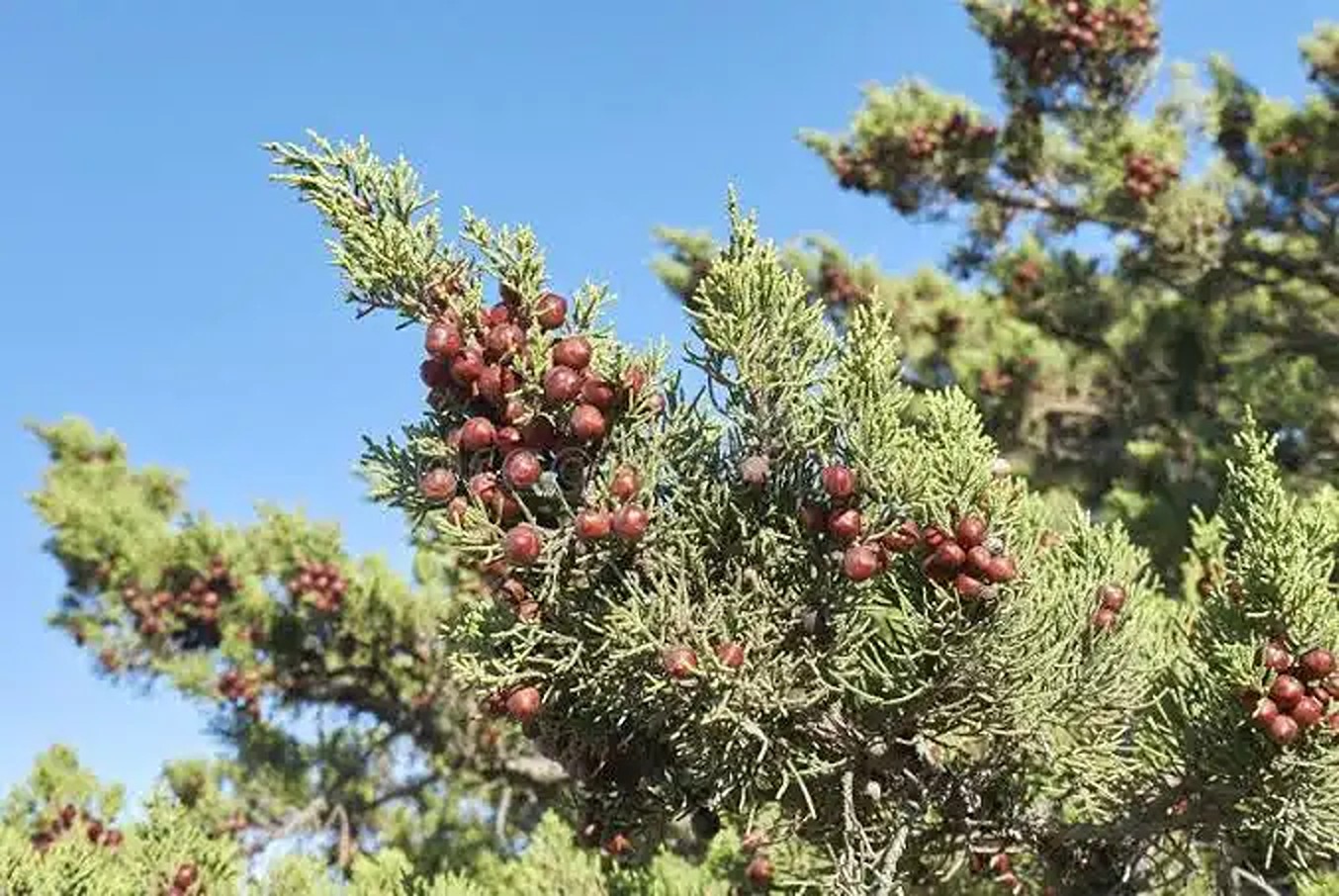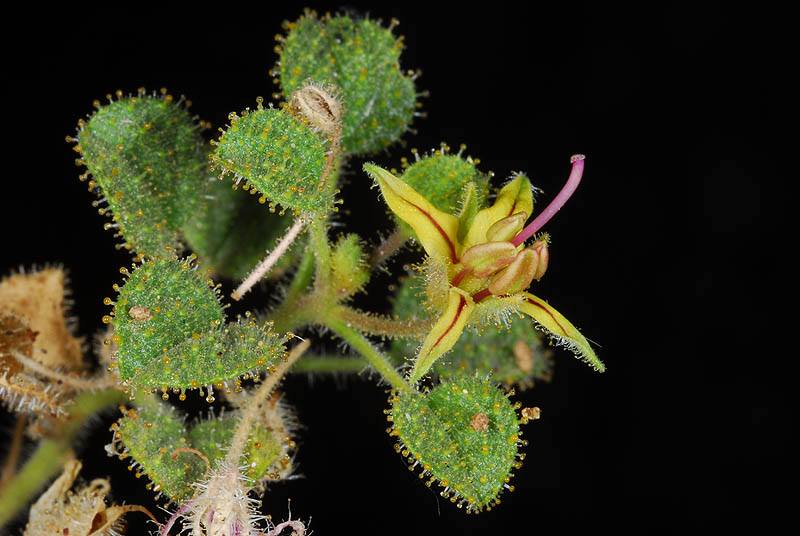1,000,000 tiny pixels flash throughout our cellphone screens day by day, and every pixel is damaged down into subpixels that emit completely different intensities of sunshine, combining to type the ultimate picture we acknowledge as social media. All of what we see, and all of what we hear, is rarely really actual; it’s merely a manipulation of coloration and light-weight.
But even with all their precision, these pixels pale compared to the tiny cells that exist in nature with their beautiful particulars and artistry. The distinction between trying on the tiny pixels of a display, versus the tiny cells of a plant, is that whereas the display connects one to the world by way of synthetic photographs, the tiny cells make one really feel extra linked to the cycle of life and the breathtaking feeling of witnessing an organism residing its personal existence.
It’s why so many younger individuals world wide have provide you with the favored phrase, “go contact grass.” It’s usually stated to somebody who is just too caught up in digital tradition or is taken into account “chronically on-line.” The expression itself is supposed to poke enjoyable at the truth that nothing we see mirrored on social media or throughout the digital world is actually actual, and that by merely touching grass, one may start to really feel extra linked to the true world, and in flip, extra linked to themselves.
Touching grass can tackle many alternative types, however in Egypt, some of the cherished locations to really disconnect from the digital world and immerse oneself in nature’s intricate particulars is Sinai, notably the area of Saint Catherine and Gebel Maghara, a mountainous area in North Sinai. Over there, the towering mountains shelter an abundance of vegetation and hidden gardens that always go unnoticed within the shadow of the peaks, with analysis indicating it hosts round 800 species of vegetation.
For this reason climbing these mountains is taken into account so deeply therapeutic: the additional one goes into them, the extra one discovers how a lot life exists unseen, what number of worlds and the way a lot magnificence lies past what’s ever mirrored on a cellphone display.
Beneath is a listing of a few of these vegetation, the place merely taking a look at them, taking of their particulars extra carefully, turns into a meditation on the great thing about the pure world in itself.
Al Ba’atharan
With its small, rounded flower heads, the Ba’atharan, or Baytheran, is a bushy perennial herb whose hanging look feels prefer it may by itself encourage an artist or designer to seize the great thing about nature, as a result of it’s simple to develop into misplaced in each tiny element.
Its leaves, a grayish-green to bluish-green, are coated in advantageous, woolly hairs that give the plant a mushy, virtually velvety texture. It carries a robust and distinctively nice fragrant scent, which might be deceptive, as its style is extremely bitter. Among the many Bedouin individuals, the plant is each frequent and extremely valued as a standard treatment for a wide range of illnesses, particularly these tied to the digestive system.
And simply as one gazes on the stars and marvels at their ethereal magnificence, gazing at this plant and its intricate particulars turns into a meditation on how detailed nature’s magnificence might be.
The Phoenician juniper

A uncommon and endangered species in northern Sinai, the Phoenician juniper is a small evergreen tree or giant shrub that grows within the excessive elevations of Gabal El-Halal, Gabal El-Maghara, and Gabal Yelleq. Its presence there makes it a major indicator of biodiversity and a key element of the area’s restricted forest ecosystem
The tree’s look can differ, starting from a multi-stemmed shrub to an upright tree, with a rounded, dense crown with darkish, grayish-brown bark that peels off in slender strips. The leaves are small, scale-like, and a vibrant inexperienced to blue-green coloration, giving the foliage a particular feathery texture.
Its most recognizable characteristic is its berry-like cones, that are a globe form, reddish-brown in coloration, and infrequently coated in a pinkish coating.
Whereas it carries an extended historical past of conventional use for its medicinal properties, because the berries and leaves are wealthy in important oils used to deal with wounds and infections, the species faces vital threats from human affect, together with habitat degradation, making conservation efforts essential for its survival.
Samwa

As some of the common and generally encountered medicinal herbs within the wadis of South Sinai, together with the areas round Dahab, Samwa is a small, fragrant shrub that has been a vital a part of conventional medication for generations.
It’s a low, bushy plant that grows within the rocky, sandy, and gravelly soil of the desert, forming a cushion-like form. Essentially the most distinctive characteristic of the plant is that it’s coated in glandular hairs, that are chargeable for its sharp, nice, and distinct scent. Its leaves are small, easy, and a yellowish-green coloration, and it additionally produces small, stunning yellow flowers that bloom from February to April.
For the Bedouin of South Sinai, Samwa is a flexible treatment for each individuals and animals. It’s primarily recognized for its conventional use in treating inner and exterior infections, with its antiseptic properties making it efficient for treating wounds, cuts, and even bee stings.
Fashionable analysis has confirmed that Samwa possesses bioactive compounds, akin to flavonoids and alkaloids, that contribute to its antioxidant, antimicrobial, and anti inflammatory properties.
Felty germander

Amid the desert’s brown tones, this plant emerges like a snowflake, with its mushy white coloring. Felty germander is a small, fragrant sub-shrub native to the Sinai Peninsula, rising in locations akin to Gebel Shayeb El-Banat, the rocky landscapes of Southern Sinai, and the valleys of Wadi Kamel.
Its most hanging characteristic is the whitish-grey, or “felty,” look created by the dense layer of advantageous, woolly hairs that cowl its stems and leaves. The leaves themselves are slender and rectangular, whereas on the suggestions of its branches, the plant produces tight clusters of delicate flowers.
With an extended historical past of use in conventional medication throughout numerous cultures, it’s thought of a multi-purpose treatment for a variety of illnesses. As an example, it’s mostly used to deal with gastrointestinal points, together with stomachaches, extreme belly ache, indigestion, and fever. It is usually usually ready as a tea by steeping the dried leaves in sizzling water, but it is suggested to seek the advice of a healthcare skilled earlier than utilizing it.
The extra one lingers on the small print and sweetness of those vegetation, the extra it turns into clear that it’s, certainly, an eye-opening expertise; one which makes an individual really feel linked to the bigger residing world, slightly than to the tiny pixels of a display.
Elevate your perspective with NextTech Information, the place innovation meets perception.
Uncover the most recent breakthroughs, get unique updates, and join with a world community of future-focused thinkers.
Unlock tomorrow’s tendencies in the present day: learn extra, subscribe to our publication, and develop into a part of the NextTech neighborhood at NextTech-news.com

